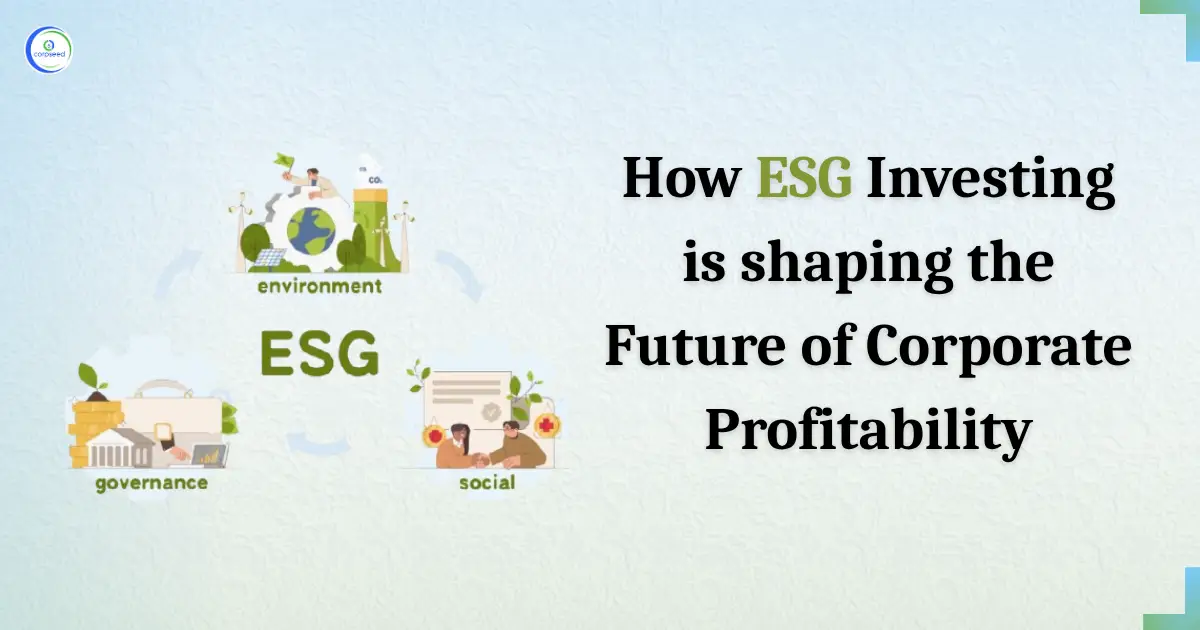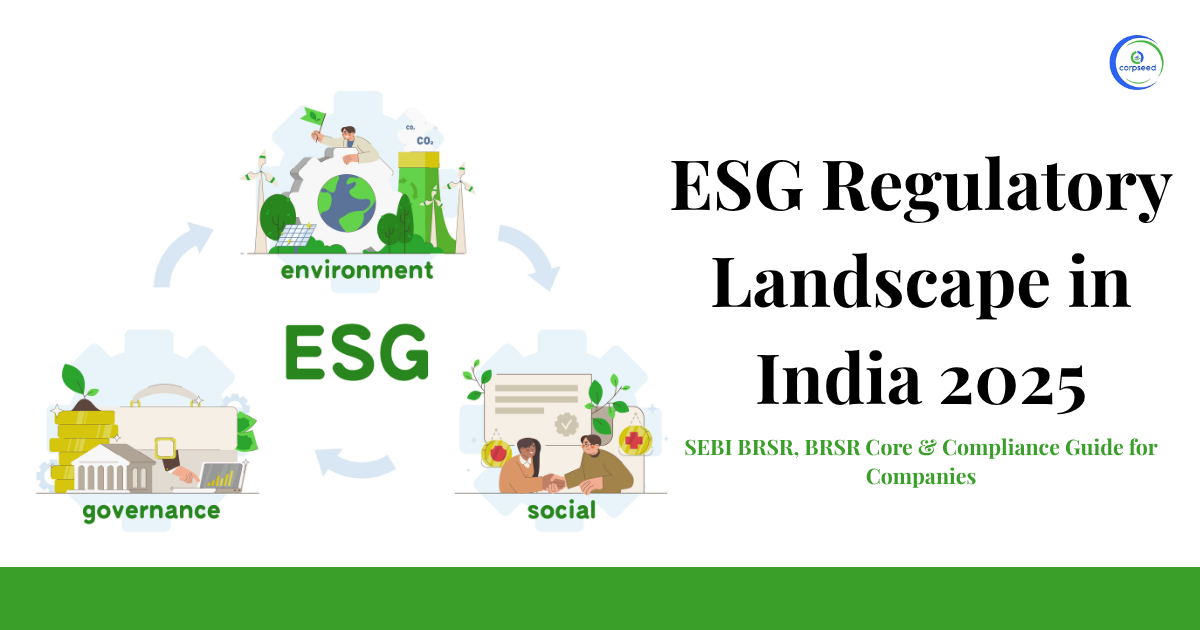Introduction: Clean Development Mechanism
It enables a country to implement an emission-reduction or emission-limitation project in developing countries if it has made an emission-reduction or emission-limitation commitment. The clean development mechanism was established with the goal of assisting poor nations in achieving a greater degree of sustainable development while also ensuring that developed countries adhere to the Kyoto Protocol's targets.
Table of Contents
Clean Development Mechanism Purpose
Article 12 of the Kyoto Protocol to the United Nations Framework Convention on Climate Change defines the Clean Development Mechanism's (CDM) mission. The CDM serves two purposes:
- Assisting developing country Parties in achieving sustainable development and thus contributing to the Convention's ultimate goal, and
- Assisting developed country Parties in meeting part of their quantified emission limitation and reduction commitments under Article 3.
Eligibility for Consideration
To be eligible for consideration as a CDM project activity, the project proposal must include the following:
Indicators of Sustainable Development
The host Party has the authority to determine whether a Clean Development Mechanism project activity aids in the achievement of sustainable development. From an environmental aspect, CDM initiatives should also be geared toward improving the poor quality of life.
When planning a CDM project activity, keep the following factors in mind:
- Social well-being: The CDM project activity should help to alleviate poverty by creating more jobs, reducing social inequities, and contributing to the supply of basic facilities to people, all of which would improve people's quality of life.
- Economic well-being: Additional investment should be attracted as a result of the CDM project activities, in accordance with the demands of the population.
- Environmental well-being: This should contain a description of the project's impact on resource sustainability and resource degradation, if any, as a result of the planned activity; biodiversity friendliness; impact on human health; and overall pollution reduction.
- Technological well-being: The CDM project activity should result in the transfer of ecologically sound and safe technologies that are similar to best practices, assisting in the technological base upgrade. Technology can be transferred both within the country and to neighboring emerging countries.
Baselines
The approach for determining the baseline must be described clearly and transparently in the project proposal. It should attest to the following:
- Baselines must be exact, transparent, comparable, and practical
- Overestimation should be avoided
- The process for establishing a baseline should be consistent and dependable
- It's important to point out any potential blunders.
- Baseline system boundaries should be set
- The time between baseline updates should be clearly stated
- The importance of externalities (social, economic, and environmental) should be highlighted
- Wherever possible, historical emission data sets should be included
- The duration of the project cycle should be explicitly stated
The project proponent could create a novel methodology for its project activity or utilize one of the CDM Executive Board-approved methodologies. The project proponent can employ streamlined processes for small-scale CDM initiatives. The equations used to calculate GHG offsets in the project and baseline scenarios should be specified in the project proposal. Any leakage, whether inside or beyond the project boundaries, should be explained in detail. The project proposal should also include a description of any alternative projects that would have arisen in the absence of the planned CDM project activity.
Additionalities
Emission Additionally: The project should result in real, measurable, and long-term reductions in GHG emissions. The additional GHG reductions will be computed using a baseline as a guide.
Financial Additionally: Official Development Assistance (ODA) should not be used to purchase Certified Emission Reductions (CERs).
Procedure for Approval of a Program of Activities (PoAs)
"Procedures for registering a program of activities as a single CDM project activity and issuing certified emission reductions for a program of activities" allows each CPA engaging in a program of activities to use more than one approved methodology.
Prior to submitting a request for registration, the DOE must submit a request for approval of the use of multiple methods in accordance with this protocol when verifying a PoA that intends to use a mixture of methodologies.
The applicable PoA-DD and CPA-DDs must be submitted to a DOE according to the standards in order to prepare a PoA for validation and registration, and PCN must be submitted to the National CDM Authority for HCA by the PoA's Coordinator/Managing Entity.
CPAs (joining a PoA) that do not require approval from any state/central body, e.g. bulb replacement, energy efficiency measures, etc. The Coordinator/Managing Entity of the PoA shall post facto tell the Member Secretary, NCDMA, on a bi-annual basis, the salient features of CPAs added.
CPAs that require state or central approval, on the other hand, must be submitted to the National CDM Authority for approval, much like project-based CDM activities.
The main Benefits of Program of Activities (PoAs)
- Individual CPA participants' transaction costs, investment risks, and uncertainties are decreased.
- The approval procedure is sped up since PoAs are managed at a regional level.
- Smaller initiatives that would not be viable as stand-alone projects now have access to the CDM.
- Individual project developers are not needed to participate in the CDM process directly.
- Because an unlimited number of CPAs can be installed at a later time, emission reductions can be ramped up indefinitely after PoA registration.
- PoA supports a variety of technologies with substantial co-benefits, such as those used in households.
- Accessing carbon money through PoA can effectively assist specific regional policy aims.
- Using a sample strategy, monitoring and verification can be done in a group setting.
- After registration, there is no charge for each CPA included. The predicted average emission reductions of the "real case" CPAs submitted at the PoA registration are used to calculate registration fees.
Facing Challenges for CDM Approval
PDD Development
- For CDM approval, there is a need for better quality, transparent, and thorough project documentation.
- To lower the risk of approval processes at the DOE/EB level, shortcomings in the existing PDD development scenario must be addressed.
- Encourage larger corporations, public sector organizations, institutions, chambers of commerce, industry groups, and cooperatives to enhance internal capacity.
Low Level of Awareness
- PSUs (GAIL, SAIL, IOCL, and others) have failed to implement a CDM business plan due to a lack of understanding of CDM opportunities.
- The potential of SMEs and bundling has yet to be realized.
- Bridging the gap between management and the workforce.
- There is no awareness of the CDM programmatically.
Challenges with the integration of CDM Business with the primary business
- In-house capacity-building programmers are required.
- CDM needs to train and develop specialized people resources in order to reach out to all Indian industry sectors.
- With the help of foreign aid, organizing a biannual certified CDM management training programmer.
- The Energy Conservation Act of India requires CDM to be integrated into required energy audits.
Issues of Policy
- The government's role as a facilitator with various bilateral and multinational organizations in the establishment of carbon trade fairs or expos is crucial.
- To make the buyer/seller market more transparent.
- To provide a level playing field for small, medium, and large businesses.
Imbalance in CERs Demand & Supply
- To avoid opportunistic purchases of low-cost CERs from India.
- Since the number of informed Indian CDM developers is rapidly increasing, carbon asset financing is no more attractive as a cheap bait for sourcing projects.
Submission of CDM Project Reports to the National CDM Authority Procedure (NCDMA)
The National CDM Authority (NCDMA) is the country's sole point of contact for CDM projects. Project proponents must complete the User Registration form on the National CDM Authority's website and submit it to the administrator. After the request is approved, the project proponent must complete the Project Concept Note (PCN) online and upload the Project Design Document (PDD). During the initial period, up to September 2009, or as otherwise notified by the National CDM Authority, project proponents must also submit 15 hard copies of PCN and PDD in the proper format, as well as soft copies on CDs, to Member Secretary, NCDMA, with a covering letter signed by the project proponent.
The National CDM Authority evaluates the documentation and, if any preliminary questions arise, the project proponents are contacted. The National CDM Authority reviews the project proposals and makes a decision. Normally, the project proponent and his consultants are given about 10-15 days' notice to attend the Authority meeting and provide a brief PowerPoint presentation on their CDM project proposals. Members ask explanations during the presentation, and if they consider that the project proponent needs to provide additional clarifications or information, they inform the presenter. The Member-Secretary of the National CDM Authority issues the Host Country Approval (HCA) once the Authority members are satisfied.
Results Achieved by CDM Projects
The first two Carbon Bazaars were enormously popular. Over 1,000 professionals took part, and over 200 meetings between buyers and sellers took place. More than 20 of these resulted in the business partners signing memorandums of understanding. The event will be held again in 2011 in order to maintain its success.
The CDM initiative has released a country report titled "India: A CDM Market Overview, Identifying Knowledge Gaps and Suggestions for Overcoming Challenges, including Key Intervention Areas." The report provides detailed information about the national CDM market to various stakeholders and may also be used as a benchmark for evaluating the efficacy of national support programmers and the initiative itself.
The Ministry of Environment and Forests has urged the initiative to work with forestry departments in 11 Indian states to help them create CDM forestry projects. To this purpose, the programmer has formed three CDM cells in the states of Madhya Pradesh, Jammu & Kashmir, and Bihar to provide local support.
The effort has already had measurable results, such as increased participation of various market players, especially SMEs, in the development of CDM projects. CER trading between German purchasers and Indian project developers has increased. Companies with CDM projects have also had easier access to German low-carbon technology, and awareness of the potential for high-quality and creative CDM initiatives has grown.
Conclusion
CDM can help with project implementation and finance. However, it does not address existing significant finance issues. Nonetheless, the CDM is an intriguing tool for releasing an incentive for new energy efficiency and renewable energy projects and activities.
This portion of the site is for informational purposes only. The content is not legal advice. The statements and opinions are the expression of author, not corpseed, and have not been evaluated by corpseed for accuracy, completeness, or changes in the law.
BOOK A FREE CONSULTATION
Get help from an experienced legal adviser. Schedule your consultation at a time that works for you and it's absolutely FREE.
_Approval_Process_corpseed.png)




.webp)



